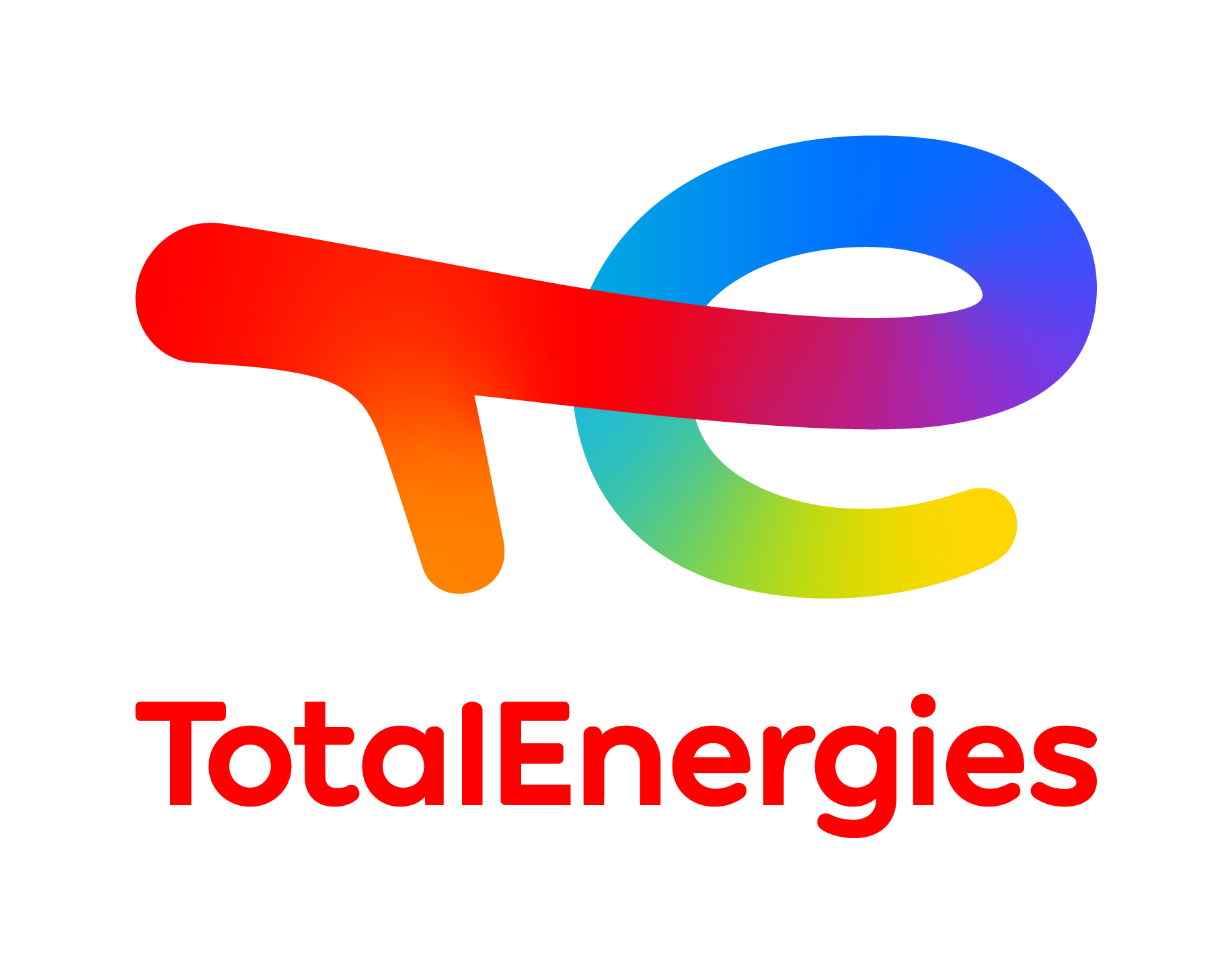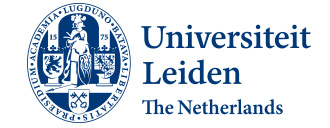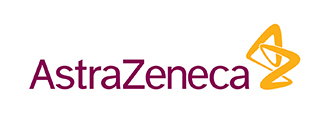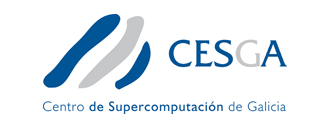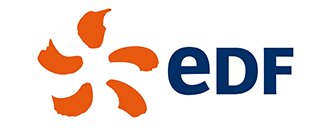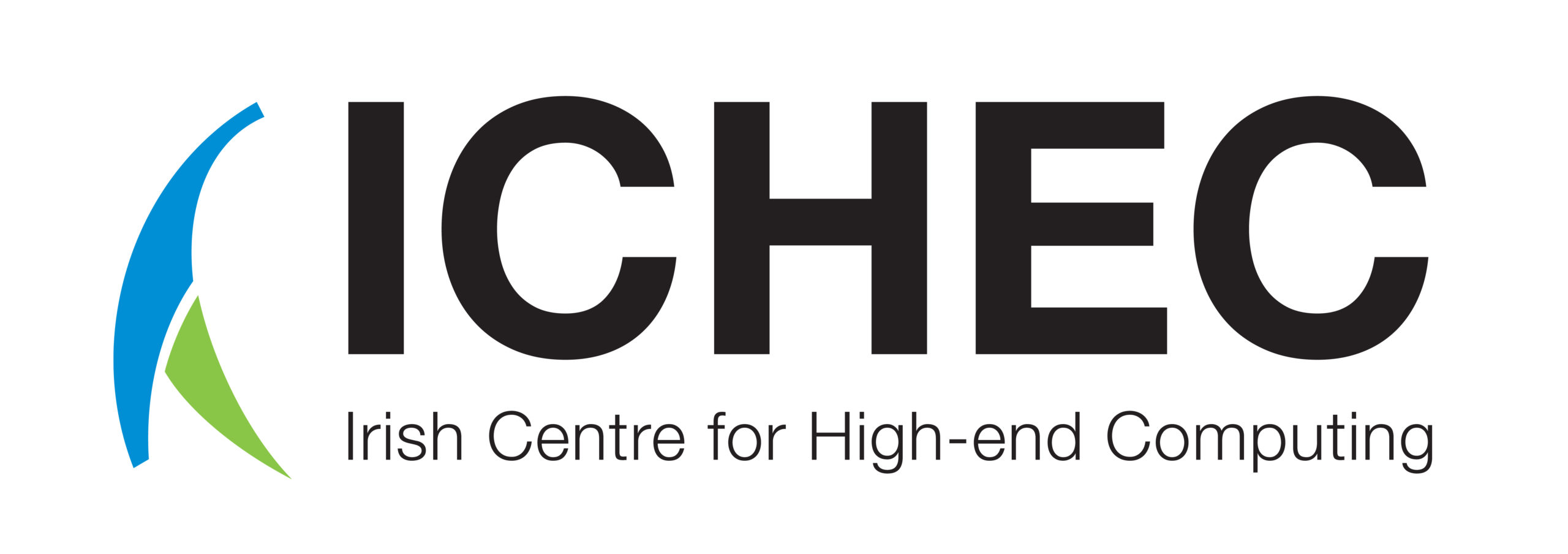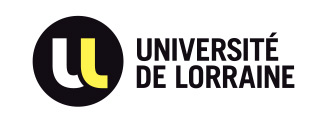Before starting any realistic simulation, the numerical mesh, which corresponds to a collection of edges, faces, and connecting points, has to be pre-processed. A key step in this includes mesh segmentation steps, where the mesh is simplified while keeping its main features, which is a computationally daunting task. Here, we employ bleeding-edge quantum algorithms for graph-based problems to improve performance and quality of solutions. This leads to significant benefits, e.g. faster and higher-quality mesh segmentation would considerably improve the preprocessing stage in Total’s classic numerical simulation problems, such as seismic depth imaging and reservoir simulations.
Our publications and deliverables so far
- Tabu-driven Quantum Neighborhood Samplers (Evostar 2021)
- Equivariant quantum circuits for learning on weighted graphs (npj Quantum Information)
- Noisy intermediate-scale quantum computing algorithm for solving an n-vertex MaxCut problem with log(n) qubits (Physical Review Research)
- D5.9: Benchmarking of QAOA-based algorithms for mesh segmentation, against K-Means, normalized and randomized cuts, and core extraction methods (report)
- Solving various NP-hard problems using exponentially fewer qubits on a quantum computer (Physical Review A)
- D5.11: Software package for mesh segmentation tasks

